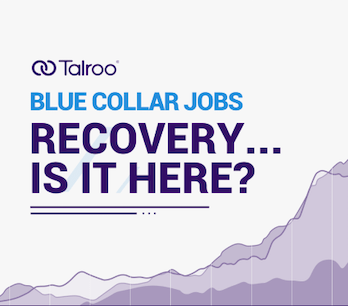
Is the Blue Collar Job Market Recovery Here?
We examine why blue collar jobs have been in higher demand recently.
-
Find out what employers are doing to stand out to top talent
-
Discover why, despite high unemployment, hiring is still a challenge
-
See why blue collar jobs are in higher demand
-
Learn how rising demand is creating rising wages
